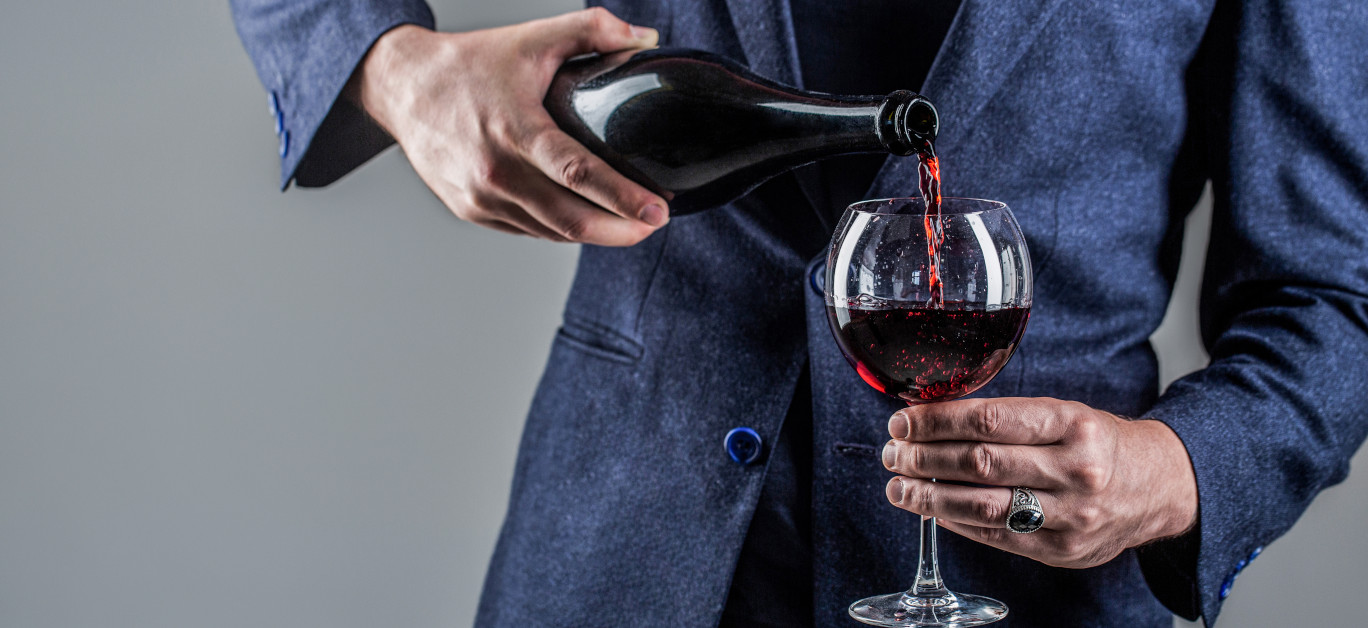Words by Émilie Steckenborn, founder and host of the Bottled in China podcast.
Learning wine jargon is the equivalent of the rigours of learning a second language. However, with wine, many descriptors are a subjective assessment of a taste sensation and, to master the lexicon of wine-speak, you need more than a glossary of terms.
Here’s an analysis of eight simple phrases and terms, with references to a variety of wines, to make you sound knowledgeable; from the body of the wine to the smell and taste. This will be particularly handy as the UK opens its restaurants’ doors over the summer.
1. Minerality
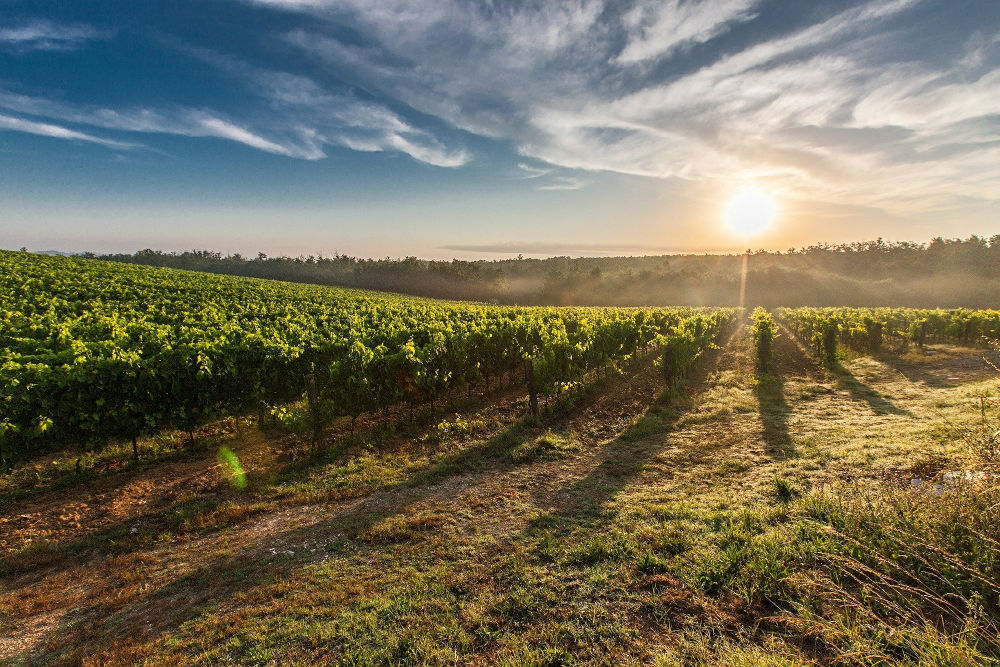
Minerality is a term that has triggered debates between sommeliers across the world since the late 80s. It appears again and again in modern wine descriptions, more often than not to speak about white wine instead of red.
It is a romanticised reference to the specific minerals from types of soils that vines are grown on which supposedly make the wine have certain characteristics. Some say this minerality can only be tasted in higher priced wines above £20. Others say that the soil’s impact on taste has been largely overstated. So, can you really taste minerality in wine?
Nicolas Quille MW, chief winemaking and operations officer at Crimson Wine Group, discussed the science behind this feeling of minerality. He believes it is the high levels of acidity or the presence of phenolics that trigger a certain taste or smell that could be defined as minerality. For example, people used to believe that the petrol aroma from a German Riesling came from the soil in the sloped vineyards in Mosel. But we now know that it comes from the grapes being exposed to the sun and producing TDN (aka Trimethyl Dihydronapthalene).
In the UK, drinking expensive Chablis wine – with a pebbly, stony character – is a growing trend. Simply describe the wine you have just been served at a dinner party by saying: ‘Wow, such beautiful minerality.’ That sentence is enough to sound informed.
2. Aromas and wine development
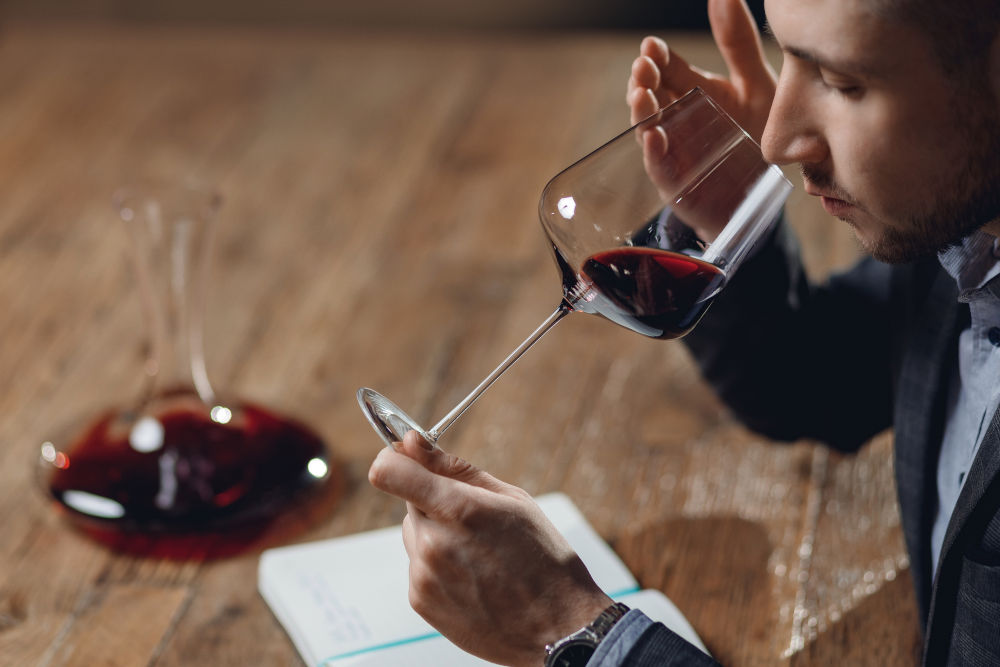
When you inhale the aromas of white wine, you should be able to pick up notes of white fruit – apple, apricot, lemon, and lime. For red wine, think red fruit – strawberry, blueberry, and cherry.
There is a legend that the longer you age wine, the better it becomes. Some high-end wines do indeed gain quality through tertiary aromatics, however, many wines are not made to age. Structural elements change during ageing – acidity, sweetness, and tannins – and wines must have high levels of these three components to age well. For example, a commercial Sauvignon Blanc, from New Zealand, or a Beaujolais Nouveaux already have intense aromatics and are not suitable for ageing.
However, the evolution of flavour in some specific wines can be spectacular. A young Burgundy wine could have a strawberry scent, but its ageing aromatics may resemble tobacco.
3. Tannins
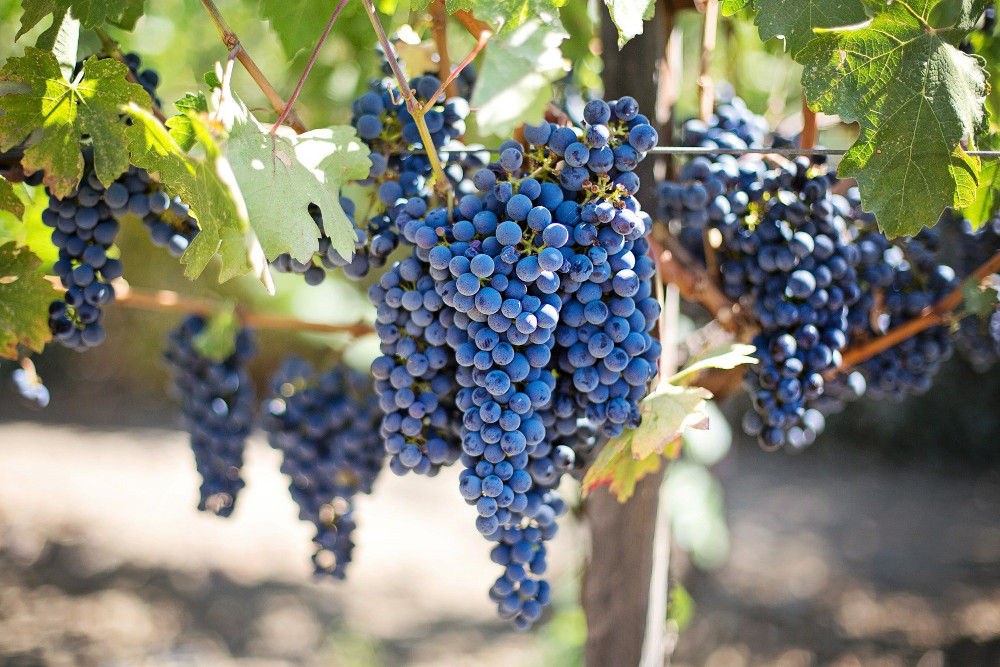
The flavour of the wine is locked in the grape skins. If you’ve ever eaten a wine grape (Vitis vinifera), you’ll know they are very acidic and you’ll quickly pucker at the mouth-drying sensation of the grape skin. This sensation comes from the wine’s tannins. All red wines have tannins, very few white wines do. The tannins also act as a natural preservative that helps the wine age and develop.
A real wine expert may say: “This is a wine with very well-integrated tannins.” This means the tannins are enjoyable and harmonious with the wine. You may also hear that tannins feel ‘muscular’, indicating a rich strength that stretches from the tip of your tongue to the back of your throat. Barossa Shiraz, from Australia, has high levels of tannins, and it is muscular and rich as the grape is grown in a warm climate. The tannins are easily extracted and have a bigger impression. Alternatively, Pinot Noir, from Burgundy, is a more elegant wine with fine tannins.
4. Acidity
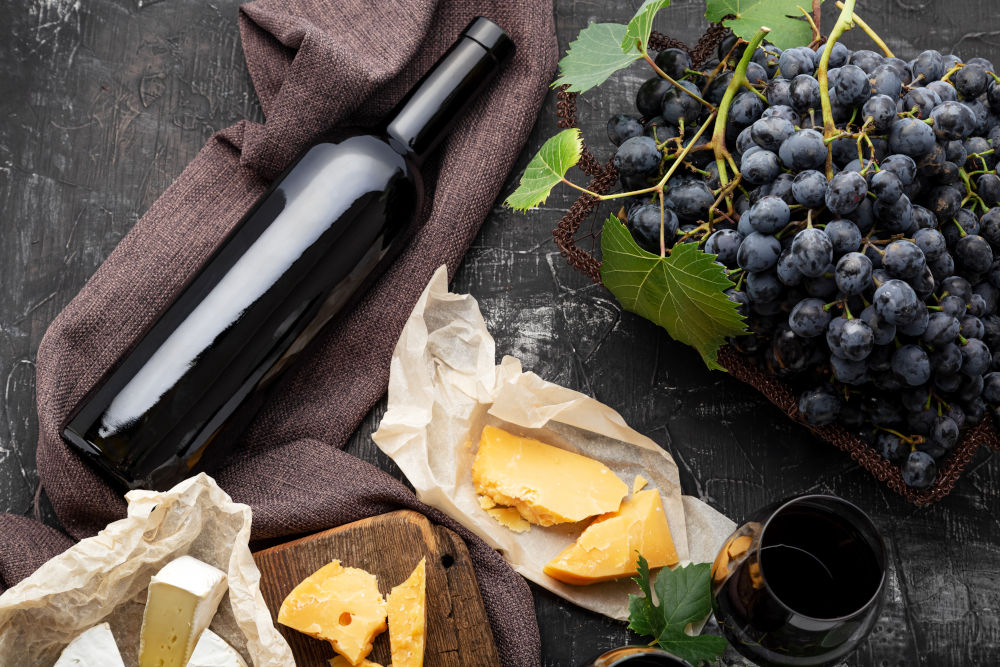
All wines have a certain level of acidity, which is an important factor to consider when pairing with food. Try an acidic Chianti, from Italy, alongside a basic Californian Merlot and you’ll quickly see the difference. Or perhaps taste a Californian Chardonnay next to a German Riesling, and the distinct notes of acidity will be stark.
Wines that are reminiscent of lemon tea are refreshing, whereas those that taste more sour, like lemon juice, are more tart. Champagne is an example of a ‘bright’ acid; while there are notes of acidity, it’s not sour, but it does have a vibrancy and freshness to it.
5. Complexity
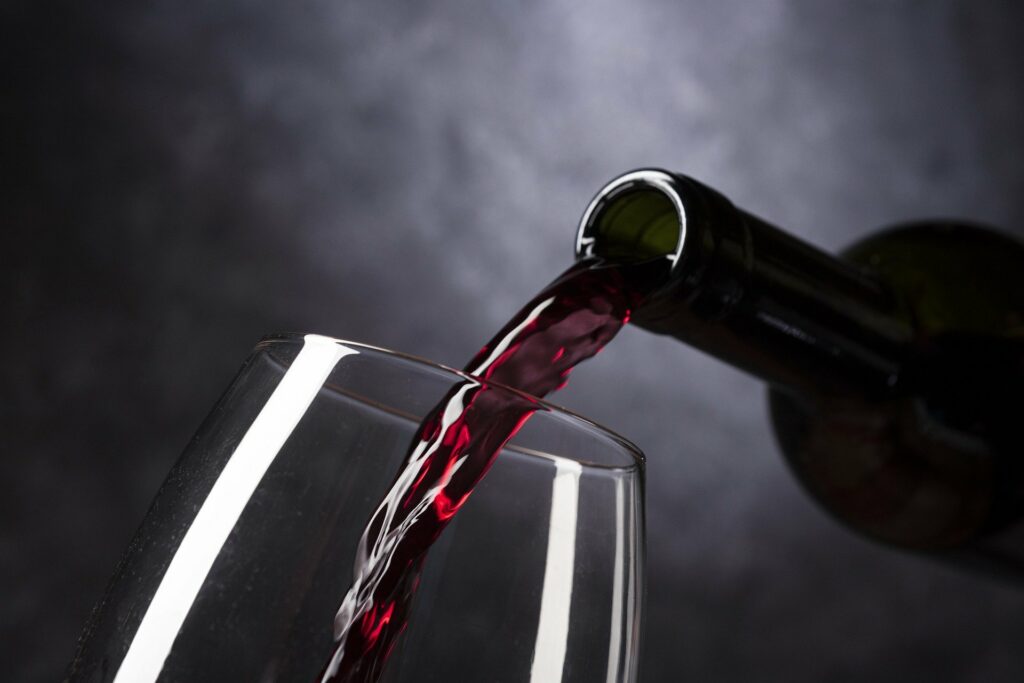
You’ll often hear: ‘This wine is so complex’. This means you can smell and taste different layers of fruit and flavours. You can take this further by naming two fruits that you recognise, explaining why you like it, and describing what it reminds you of. Complex means a fascinating wine – every time you smell and taste it, it shows another side of itself. A wine under £10 wouldn’t fall under the term complex; price and quality do go hand in hand.
6. The body
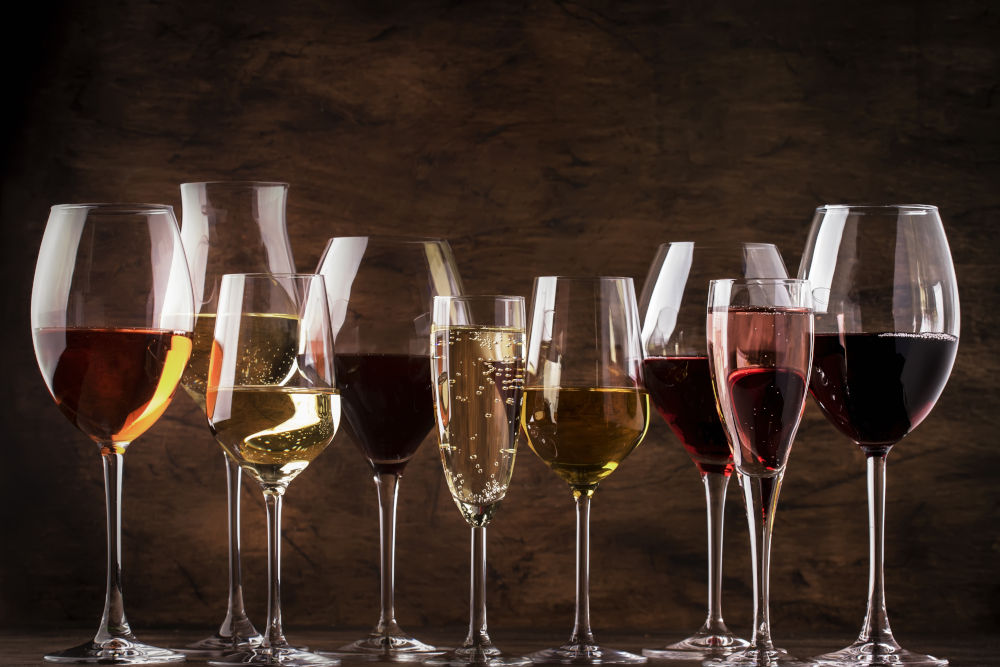
All wines have a body that can be categorised as light, medium, or full. Think of these categories like those of milk: skimmed, semi-skimmed, and full fat. It is essentially used to describe how weighty a wine feels in the mouth. A classic Napa Valley Cabernet Sauvignon, with juicy fruit and lots of oaky notes, may be categorised as full-bodied. A Pinot Noir, from Burgundy, is more elegant and delicate, leaning towards a lighter body.
In the mid-2000s, many winemakers aimed to get deeply coloured and full-bodied wines. Nowadays, an increasing number of winemakers are seeking to create elegant wines with more balance and freshness through minimal extraction.
7. Decanting and aerating
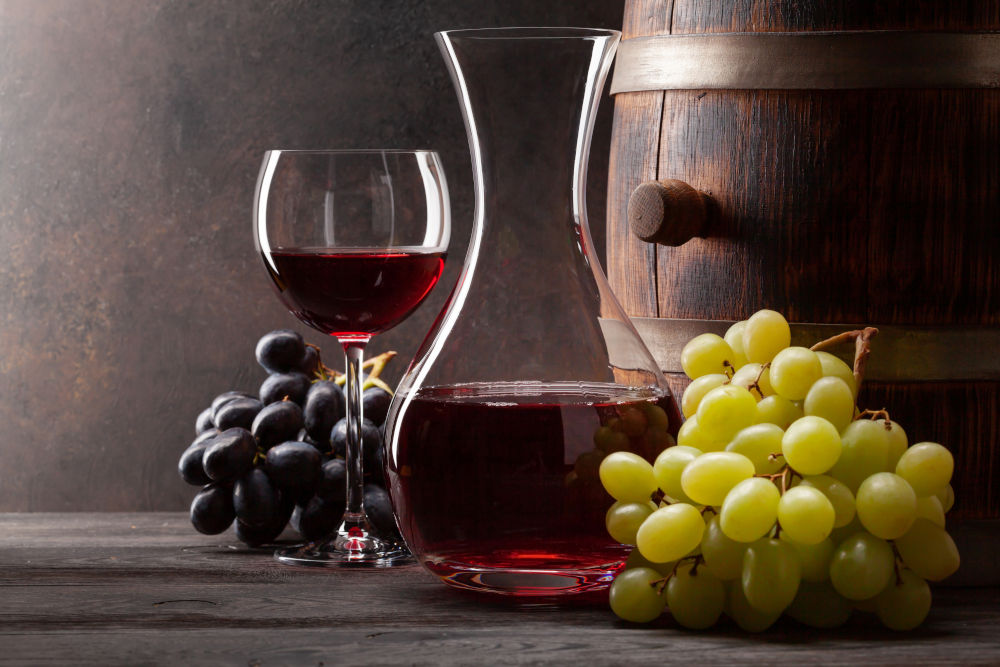
These terms are typically used interchangeably, but let’s clarify:
Decanting is like marinating – the wine opens up and soaks up flavours. A decanter is a large shaped glass vessel that typically has a slender neck and large base. As a simple rule of thumb, a cheap and cheerful wine won’t require decanting but a high-quality bottle will need to decompose before it’s ready to shine.
Be wary of the fact that too much oxygen also kills a wine so stick around the twenty to thirty-minute mark for an average wine. Then, hike up the time based on quality. If you are in a restaurant and paying upwards of £40, you might ask the waiter if they recommend for the wine to be decanted.
Double decanting is used for young wines. This is when the wine is poured into a decanter, swirled around to allow the wine to breathe and open up, and returned to its original bottle. Aerating, as opposed to decanting, all happens in your glass – just swirl. This simply encourages air to enter the wine and literally hundreds of different aromas are released. The aromas of wine attach themselves to oxygen and become easier to smell.
8. Vintage
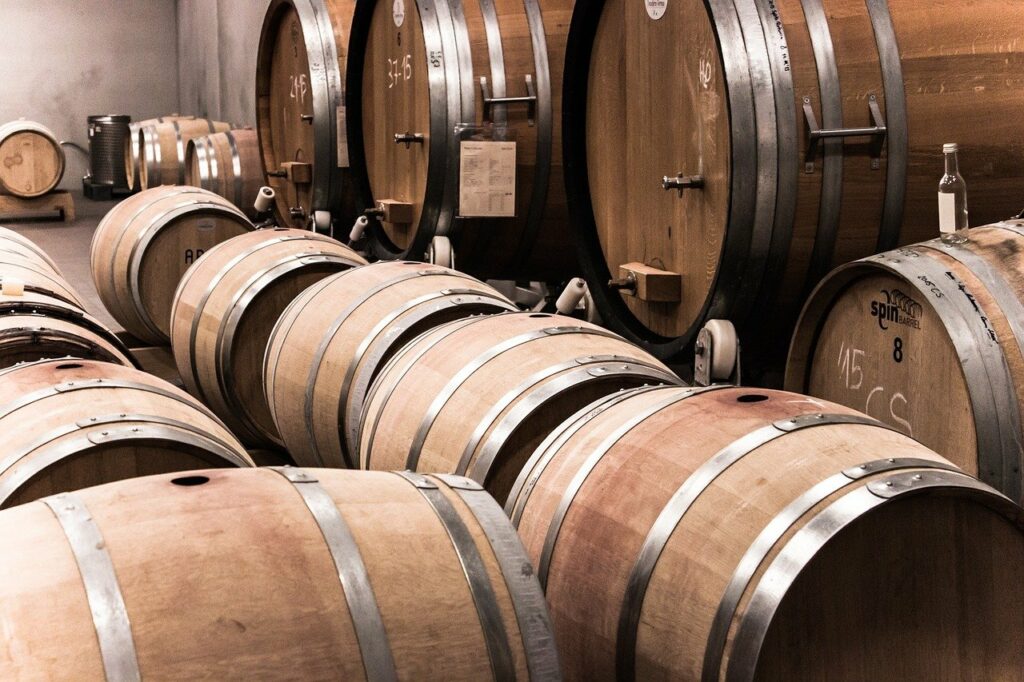
Most wines state a year on the label and vintage. This indicates the year the grapes were harvested and the wine made. A 2018 vintage means the grapes were harvested then but perhaps the winemaking process was completed a couple of years later.
Vintage variation indicates the differences between growing seasons and the impact on wine. A 2016 vintage Bordeaux was a great year; ample sunshine, limited rain, and overall healthy grape crops. The price may be higher than a 2013 vintage; a rainy, cold year.
While there are plenty of wine term glossaries out there, they don’t necessarily give you the tools to impress your wine-loving peers at a dinner party. Here, I’ve delved into the true meanings behind the terms, along with decoding the myths. At your next gathering, name drop some wines, use your senses to really explore the subjectivity and calibrate your palate by testing out some wines alongside each other.
About the author:
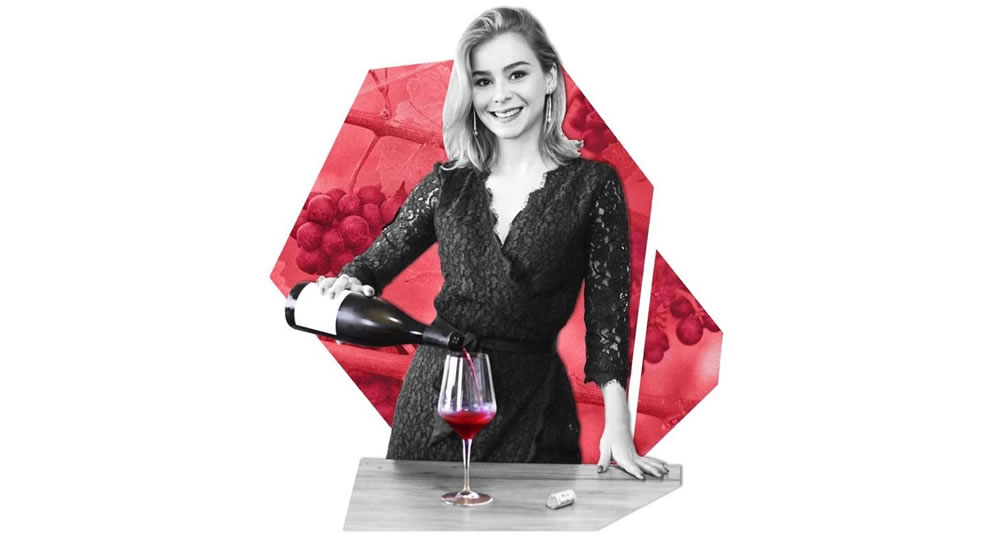
Émilie Steckenborn is a certified sommelier, foodie, host, and creator of the Bottled in China podcast and blog.
Having lived in Shanghai, China for over nine years, Émilie oversees wine programmes for top-tier businesses in Asia, including serving as the wine consultant for China Eastern Airlines. Her signature podcast, Bottled in China, shares the stories and adventures of passionate individuals, thought leaders, and business leaders in the F&B scene who are shaking things up around the world. In 2019, Émilie was named one of the top future influencers in the global beverage industry.












